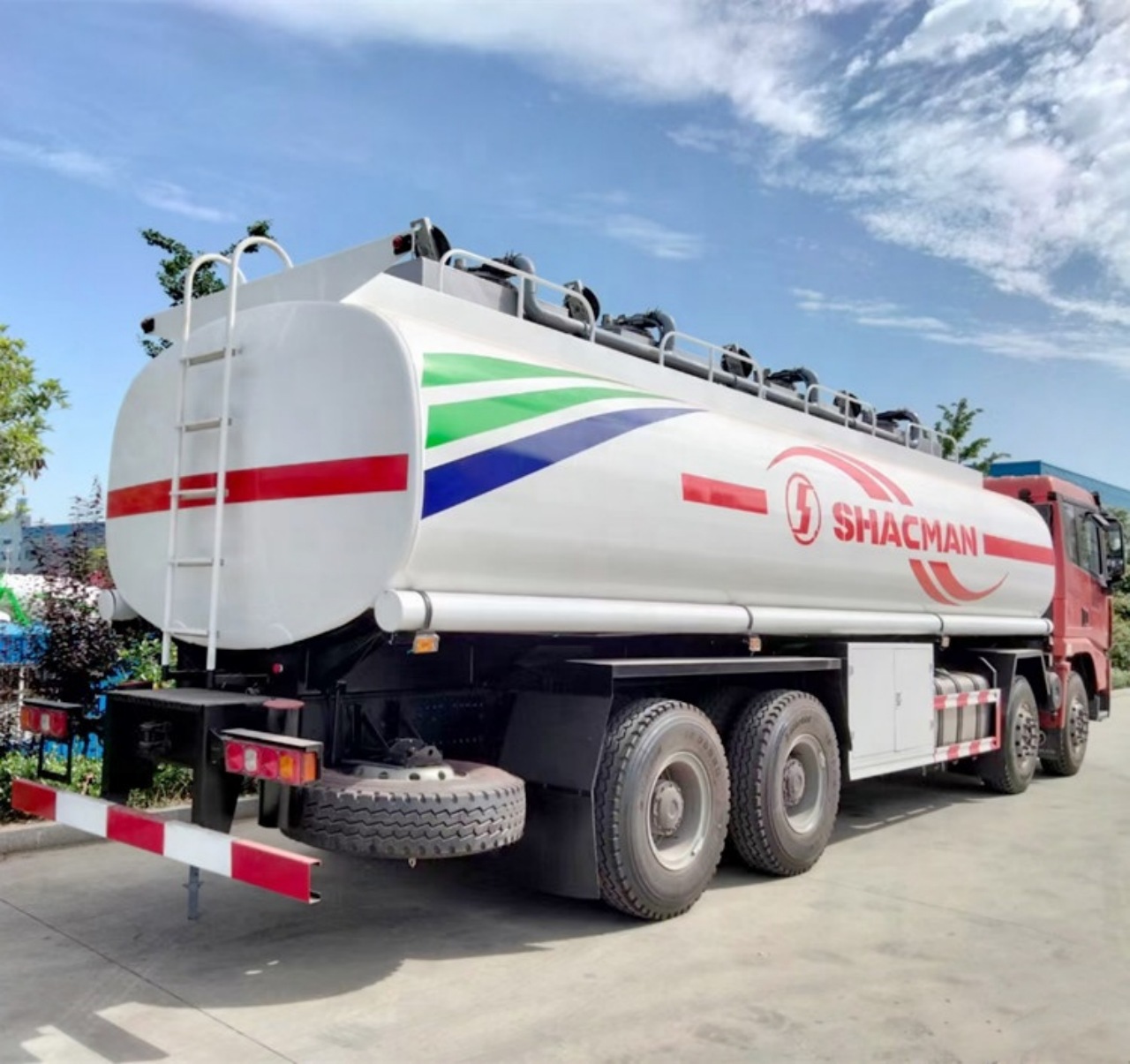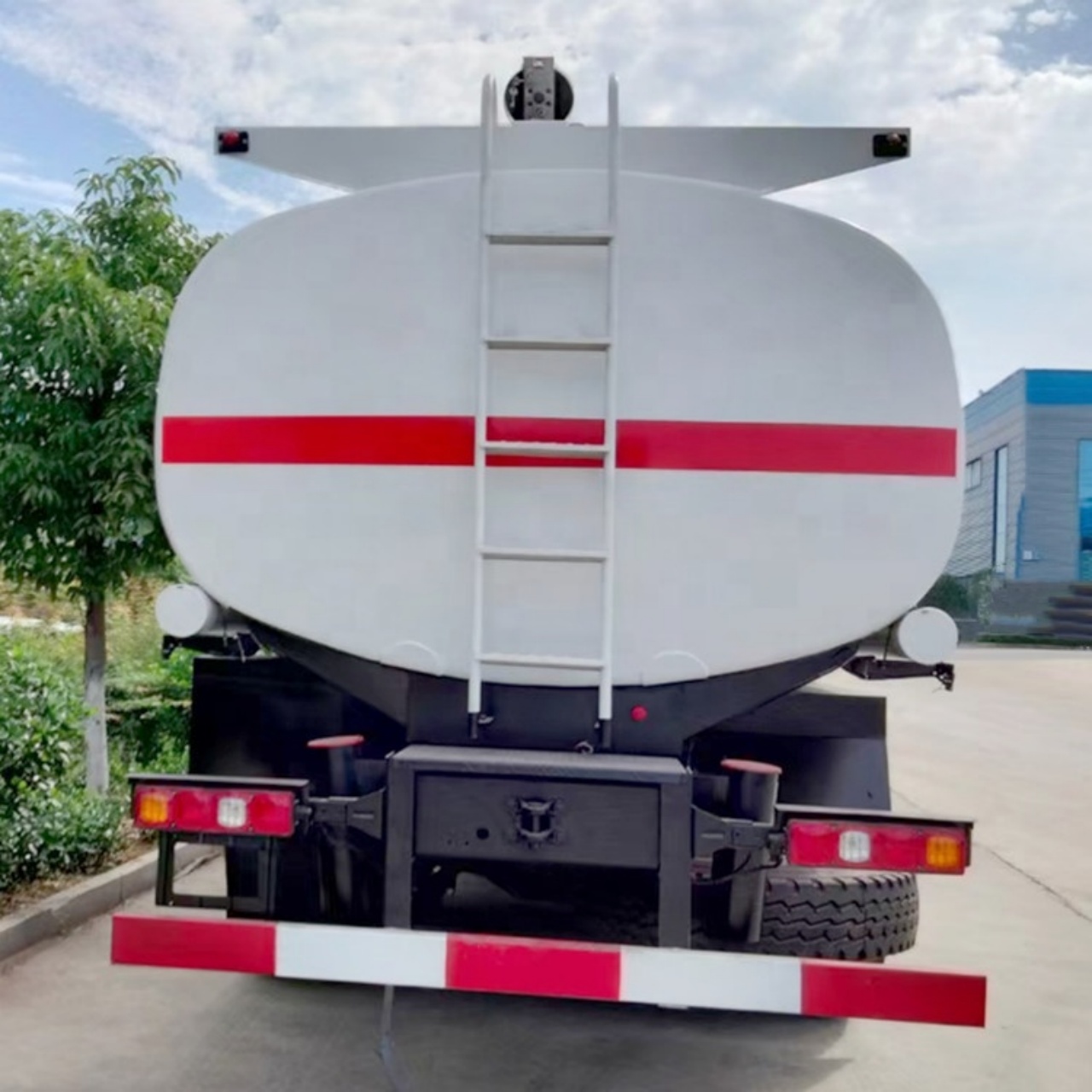Fuel plays a crucial role in keeping the world moving — powering vehicles, machinery, generators, and even heating systems. To transport this valuable resource from refineries to service stations, industrial sites, and remote locations, specialized vehicles are used. One of the most commonly seen on roads and highways is the “fuel lorry.” But is that the only name for it? What exactly is a fuel lorry called, and how does it function?
This article explores the terminology, types, functions, and construction of these important vehicles while shedding light on the regional naming differences and technical classifications that apply to them.
The Basics: What is a Fuel Lorry?
A fuel lorry is a road vehicle specifically designed for the transportation of liquid fuels such as petrol (gasoline), diesel, kerosene, or jet fuel. These vehicles are equipped with large cylindrical tanks mounted on their chassis, engineered to safely contain and dispense flammable liquids.
The term fuel lorry is more commonly used in British English. In American English, the same vehicle is typically referred to as a fuel truck or a gasoline tanker. These differences in terminology often depend on the country, the type of fuel transported, and the configuration of the vehicle.
Alternative Names for a Fuel Lorry
While “fuel lorry” is a broadly accepted term, this vehicle goes by several other names based on region, usage, and industry jargon:
1. Fuel Tanker
This is one of the most common and internationally recognized terms. A fuel tanker refers to the tank-carrying configuration specifically designed to transport flammable fuels. This term may refer to both road-going vehicles and larger ships or railcars that carry fuel in bulk.
2. Gasoline Tanker
Predominantly used in the United States and Canada, this term is specific to vehicles carrying gasoline (petrol). It’s especially used in contexts like delivering fuel to service stations.
3. Petrol Tanker
The British equivalent of “gasoline tanker.” It usually refers to lorries carrying petrol to petrol stations across the UK and other Commonwealth countries.
4. Tank Truck
A general American term that includes fuel trucks among other types of tank-carrying vehicles (like those for milk, water, chemicals, etc.). A tank truck that carries fuel is usually specified as a fuel tank truck or a gasoline tank truck.
5. Bowser
The word bowser is sometimes used, particularly in aviation and military contexts, to describe mobile fuel dispensers. A fuel bowser can be a truck, trailer, or cart used to refuel aircraft, generators, or machinery.
Construction and Design
Fuel lorries are specially designed to meet strict safety and transportation standards. Their construction includes the following components:
1. Tank Body
The most visible feature, typically cylindrical and made from aluminum, stainless steel, or carbon steel, depending on the fuel type and local regulations. Tanks are often divided into compartments to carry different grades of fuel simultaneously or to limit liquid movement (slosh) during transit.
2. Chassis and Axles
The tank is mounted on a heavy-duty commercial truck chassis, which may have 2, 3, or more axles, depending on load capacity. Semi-trailer configurations are common for long-distance hauling.
3. Piping and Valves
A network of pipes and valves controls the loading and unloading of fuel. These components are designed to minimize the risk of leaks and are often protected by vapor recovery systems.
4. Pump and Dispenser System
Some fuel lorries are equipped with a pump and metering system, especially those delivering directly to vehicles or machinery on-site. This makes them function much like mobile fuel stations.
5. Safety Features
Due to the flammable nature of the cargo, these lorries are fitted with multiple safety systems, including:
- Grounding and bonding wires to prevent static electricity
- Pressure relief valves
- Fire extinguishers
- Emergency shut-off switches
- Reflective markings and hazard placards
Types of Fuel Lorries
Fuel lorries can be categorized based on their size, application, and the type of fuel they carry:
1. Light Fuel Tankers
These are smaller vehicles used for local deliveries. They typically have a capacity of 3,000 to 5,000 liters and are suitable for reaching tight urban areas or construction sites.
2. Medium and Heavy Fuel Tankers
With capacities ranging from 10,000 to 30,000 liters, these are the standard vehicles used for refueling gas stations and large equipment.
3. Articulated Fuel Tankers
These are semi-trailer configurations capable of transporting up to 45,000 liters of fuel, used for long-distance or high-volume deliveries.
4. Aviation Fuel Bowsers
Specialized vehicles are used at airports to refuel aircraft. These lorries are equipped with filtration systems and anti-static safety measures suited for aviation-grade fuels like Jet A-1 or Avgas.
Regional Terminology Snapshot
| Country/Region | Common Term(s) |
|---|---|
| UK | Fuel lorry, Petrol tanker |
| USA | Fuel truck, Gasoline tanker |
| Australia | Fuel tanker, Bowser truck |
| Canada | Gas truck, Tank truck |
| India | Fuel tanker, Oil lorry |
| Africa | Fuel bowser (especially mobile units) |
The Role of Fuel Lorries in Modern Society
Fuel lorries are the backbone of global logistics and infrastructure. Without them, transportation networks, agriculture, construction, and even emergency services would come to a halt. While pipelines and railways also move fuel, the flexibility and reach of road-going tankers are unmatched.
In rural or remote areas without access to centralized fuel storage, fuel lorries act as lifelines — delivering not just petrol or diesel, but sometimes even kerosene for cooking or heating. In military and disaster relief operations, mobile fuel bowsers are essential assets.
Environmental and Safety Considerations
Because they transport hazardous materials, fuel lorries are subject to rigorous environmental and safety regulations. In most regions, these vehicles must comply with international standards such as ADR (Accord Dangereux Routier) in Europe or DOT (Department of Transportation) regulations in the U.S.
There is also a growing push toward greener technologies, including electric or hybrid chassis and better vapor recovery systems to reduce emissions. Some companies are even experimenting with hydrogen fuel-cell-powered delivery trucks, though this remains in the early stages.
Conclusion
So, what is a fuel lorry called? The answer depends on where you are and what kind of fuel is being transported. Whether it’s a fuel lorry in the UK, a gasoline tanker in the U.S., or a bowser in an airport, these vehicles play a crucial role in powering the world we live in.
More than just a truck with a tank, the fuel lorry is a sophisticated, highly regulated piece of equipment that combines engineering, logistics, and safety to deliver energy wherever it’s needed. Understanding its many names and functions helps us appreciate just how vital — and complex — these workhorses of the road are.






